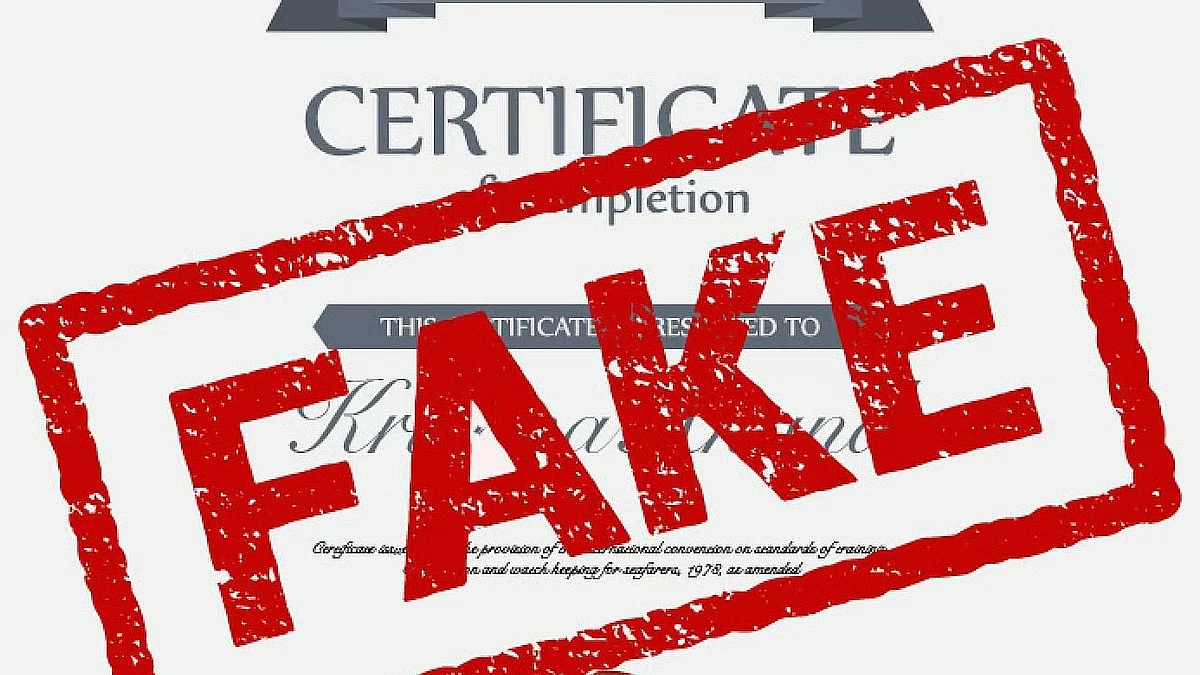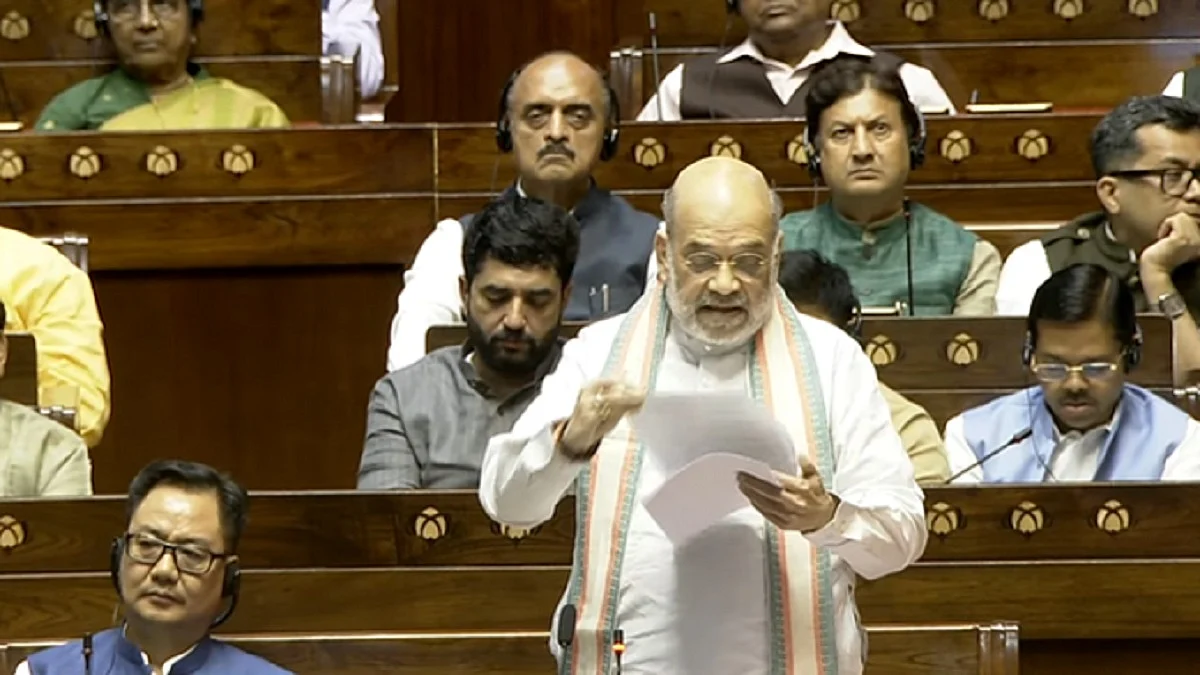The RBI’s surprise repo rate hike did send the message that the inflation situation is grim and that the central bank will now do everything to contain it. The commentary has changed from growth to inflation. But somewhere in the background was the currency which was a worry as the rupee has been under pressure for long and the RBI has been trying to steady the ship through intervention. But volatility continues to prevail in the forex market and there is market panic.
The rupee has for long been between the Rs 76-77 range supported by RBI intervention through the sale of dollars and swap arrangements with banks. But things have changed with the Fed raising rates aggressively and promising more in the coming months, the forex market has been hit hard. There are roughly three factors that need to be looked at to understand the future course:
Inflows and outflows of dollars from the system
The financial year has just begun and hence there are no trends as such to see. But given the developments taking place, the following can be conjectured. The trade deficit will widen this year for sure because while exports growth may be maintained, imports will rise at a faster pace.
The reason is that both oil and non-oil imports would increase. Oil has been going up more due to the price effect. For non-oil imports, the demand is related to the growth process and as industry picks up demand for imports also goes up.
Add to this the fact that global commodity prices have been rising, this means that the overall import bill will increase. The relatively subdued global economic conditions will come in the way of growth in remittances (the expat population need to have jobs overseas) and software receipts. We are really talking of the current account deficit increasing this year to closer to 3% of GDP, which will be almost double of that in FY22.
Capital flows will tend to get whimsical. This is already witnessed in FPI flows that are negative presently and will remain so as the Fed is aggressive in its rate hikes and investors look internally rather than at emerging markets. FDI flows too could plateau off at the present levels as investors look at the opportunities being offered in the USA (which is the largest supplier of FDI to the rest of the world). External commercial borrowings may no longer be attractive given that interest rates in the West have increased - the 10-year US-Treasury is close to 3% which is almost 150-200 bps higher than in FY22. All this means that the external account would be in a deficit and the accretion witnessed last year will probably not be replicated this year.
The external factor
When the dollar strengthens, there is a tendency for other currencies to weaken and this is a global phenomenon. Therefore, a depreciation cannot be ruled out and in fact is necessary to ensure that our exports do not lose their competitive edge. This is something over which we have little control. It does look like that the dollar will keep strengthening along the year as the Fed tightens controls.
RBI action
So far, the RBI has ensured that volatility is reduced by intervening selectively. But for how long can the central bank do so as any support directly through swaps or sale will mean depletion of forex reserves. Putting all these factors together a rupee depreciation looks inevitable and a rate of Rs 78 or 79/$ will be tested in the coming months.
Now, what does a weak rupee mean?
First: Import costs go up which further widens the deficit.
Second: Imported inflation results where higher raw material costs get transmitted to the consumer through higher prices. This is obvious for fuel but would also work for chemicals, metals, electrical machines etc. which will make automobiles, electronic goods etc, more expensive. Imports are roughly 20% of GDP in nominal terms which is quite high.
Third: The government would be better off as tax collections would increase with GST, excise, and customs yielding higher returns with taxable income increasing.
Fourth: The RBI will have to be additionally worried about inflation as this will come in the way of measures being taken to control price rise.
Fifth: Borrowers from overseas markets will have higher servicing costs especially if not hedged adequately. This will be something that lenders will be worried about. In fact, this will also come in the way of companies borrowing from this market with costs going up.
Hence, the forex side of the economy is the new emerging challenge for policy makers. First it was inflation followed by interest rate hikes. Currency too, now, is in the limelight and the task of the central bank becomes tougher. Intervention leads to expectations of more. Doing nothing also becomes self-fulfilling. Therefore the central banks have to manage this trinity of prices – commodities, capital and currency, this year with a balancing act.
(The author is Chief Economist, Bank of Baroda and author of Lockdown or Economic Destruction. Views expressed are personal)










